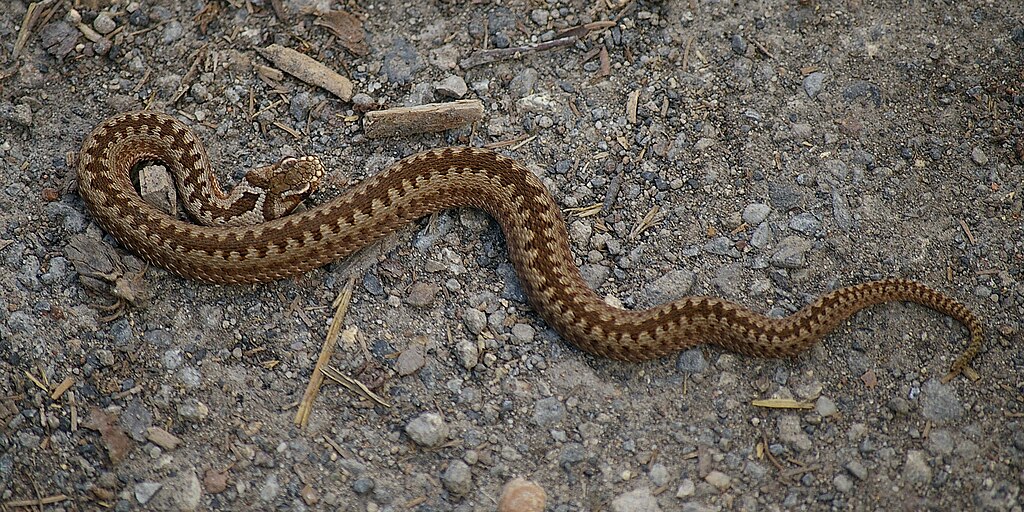In the fascinating world of reptilian behavior, few movements are as curious and captivating as the rhythmic head bobbing displayed by certain snake species. This distinctive motion, where a snake moves its head up and down or side to side in a seemingly deliberate pattern, has intrigued herpetologists and snake enthusiasts alike for generations. While casual observers might dismiss this behavior as random movement, scientific research reveals it serves several sophisticated purposes critical to snake survival and social interaction. From courtship rituals to territorial displays, predator avoidance to spatial perception, head bobbing represents a complex communication system that offers valuable insights into the secretive lives of these remarkable reptiles.
The Fundamentals of Snake Head Bobbing

Snake head bobbing refers to deliberate, rhythmic movements of a snake’s head that typically occur in specific contexts. These movements can range from gentle, barely perceptible nodding to dramatic, exaggerated motions that involve much of the snake’s anterior body. The behavior is most commonly observed in certain snake families, particularly colubrids, vipers, and some python species, though it appears across the reptile kingdom with varying frequencies and purposes. Head bobbing should not be confused with the natural swaying motion that occurs during normal locomotion, as true head bobbing is purposeful and context-specific, often occurring when the snake is otherwise stationary. The duration, intensity, and pattern of these movements can convey different messages depending on the species and situation, creating a nuanced language of movement that serves multiple evolutionary functions.
Evolutionary Origins of Head Bobbing

The evolutionary roots of head bobbing behavior can be traced back millions of years to the early development of reptiles. Paleontological evidence suggests that this behavior likely evolved independently multiple times across different reptilian lineages, including various snake families. This convergent evolution points to the significant adaptive advantages head bobbing must provide. Scientists theorize that as snakes evolved from lizard ancestors, they retained and refined certain visual communication methods while developing specialized movement patterns to compensate for their limbless bodies. The precise, controlled head movements allowed for a form of signaling that could be executed without limbs, effectively replacing certain functions that might otherwise require appendages in other animals. This evolutionary adaptation demonstrates nature’s remarkable ability to create alternative communication solutions when faced with physical constraints.
Mating and Courtship Displays

Perhaps the most well-documented purpose of head bobbing in snakes relates to their reproductive behaviors. During mating season, male snakes of many species employ distinctive head bobbing patterns to signal their interest to potential female partners. These courtship displays often follow species-specific rhythms and intensities that females can recognize as appropriate mating advances. In species like rat snakes and king snakes, males might approach females with a series of vertical head bobs, sometimes accompanied by body jerks or tail vibrations, creating a complex multi-part display. The female may respond with her own, typically more subtle, head movements to indicate receptivity. This visual dialogue allows snakes to communicate reproductive readiness without relying on vocalizations, which most snake species cannot produce. The precision and specificity of these movements help ensure that mating efforts are directed toward appropriate partners of the same species.
Territorial Signaling and Dominance

Head bobbing frequently serves as a crucial territorial signal between competing snakes, particularly males during breeding season when territorial instincts peak. When two male snakes encounter each other in overlapping territory, head bobbing often precedes more aggressive interactions, functioning as a warning display that may prevent physical combat. The intensity and duration of these bobbing displays can communicate the snake’s size, strength, and willingness to defend its territory. In some species, like certain pythons and boas, the dominant snake may perform more vigorous, higher-amplitude head bobs, while the subordinate individual might respond with smaller, less assertive movements before retreating. This graduated system of aggressive signaling allows snakes to resolve territorial disputes while minimizing the risk of injury, conserving energy that would otherwise be expended in physical combat that could potentially damage both competitors.
Depth Perception and Spatial Awareness

A less obvious but scientifically fascinating function of head bobbing relates to how snakes perceive their environment. Unlike mammals with binocular vision, many snakes have eyes positioned on the sides of their heads, limiting their depth perception. By moving their heads in controlled patterns, snakes can create a rudimentary form of parallax vision, helping them better judge distances to objects, prey, or obstacles in their environment. This triangulation technique is particularly important when snakes are preparing to strike at prey or navigate complex three-dimensional environments like tree branches or rocky terrain. Research has shown that arboreal (tree-dwelling) snake species tend to exhibit more frequent head bobbing movements when navigating challenging environments, supporting the theory that this behavior enhances their spatial awareness. This adaptation represents a remarkable solution to the perceptual challenges faced by animals without stereoscopic vision.
Predator Deterrence Strategies

Head bobbing can serve as an effective defensive mechanism when snakes encounter potential predators. By creating a distinctive, attention-grabbing movement, snakes may confuse predators about their exact position or intentions. Some species combine head bobbing with body inflation, hissing, or mock strikes to create a more intimidating display that may discourage predator approach. This behavior is particularly notable in venomous species like certain vipers, which may bob their heads while simultaneously preparing for a defensive strike. Even in non-venomous species, head bobbing can mimic the warning displays of their venomous counterparts, potentially benefiting from this form of Batesian mimicry. The unpredictable nature of the movement pattern can make it difficult for predators to time an attack effectively, giving the snake valuable seconds to escape or prepare a defensive response.
Species-Specific Variations
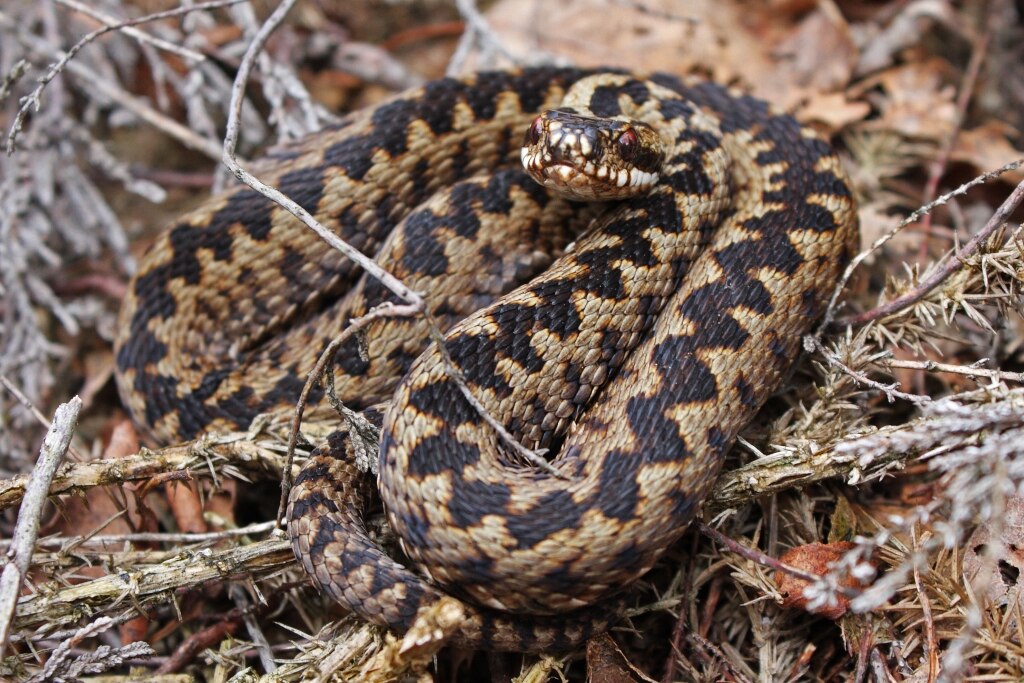
The particulars of head bobbing behavior vary dramatically across different snake species, with each having evolved its own characteristic patterns and contexts. Rat snakes (genus Pantherophis) typically exhibit slow, deliberate vertical bobs during courtship, while certain python species demonstrate more complex, multi-directional movements that incorporate side-to-side motions. Vine snakes (genus Oxybelis) display some of the most pronounced head bobbing behaviors, using exaggerated movements that complement their thin body shape and arboreal lifestyle. King cobras (Ophiophagus hannah) incorporate head bobbing into their famous hood-spreading display, creating a multi-faceted threat response. These species-specific variations support the theory that head bobbing has evolved multiple times across snake lineages to serve different primary functions based on each species’ ecological niche and life history. The distinct “signature” of each species’ head bobbing pattern may also help prevent hybridization by ensuring that mating signals are correctly interpreted by potential partners.
Environmental Triggers and Contexts
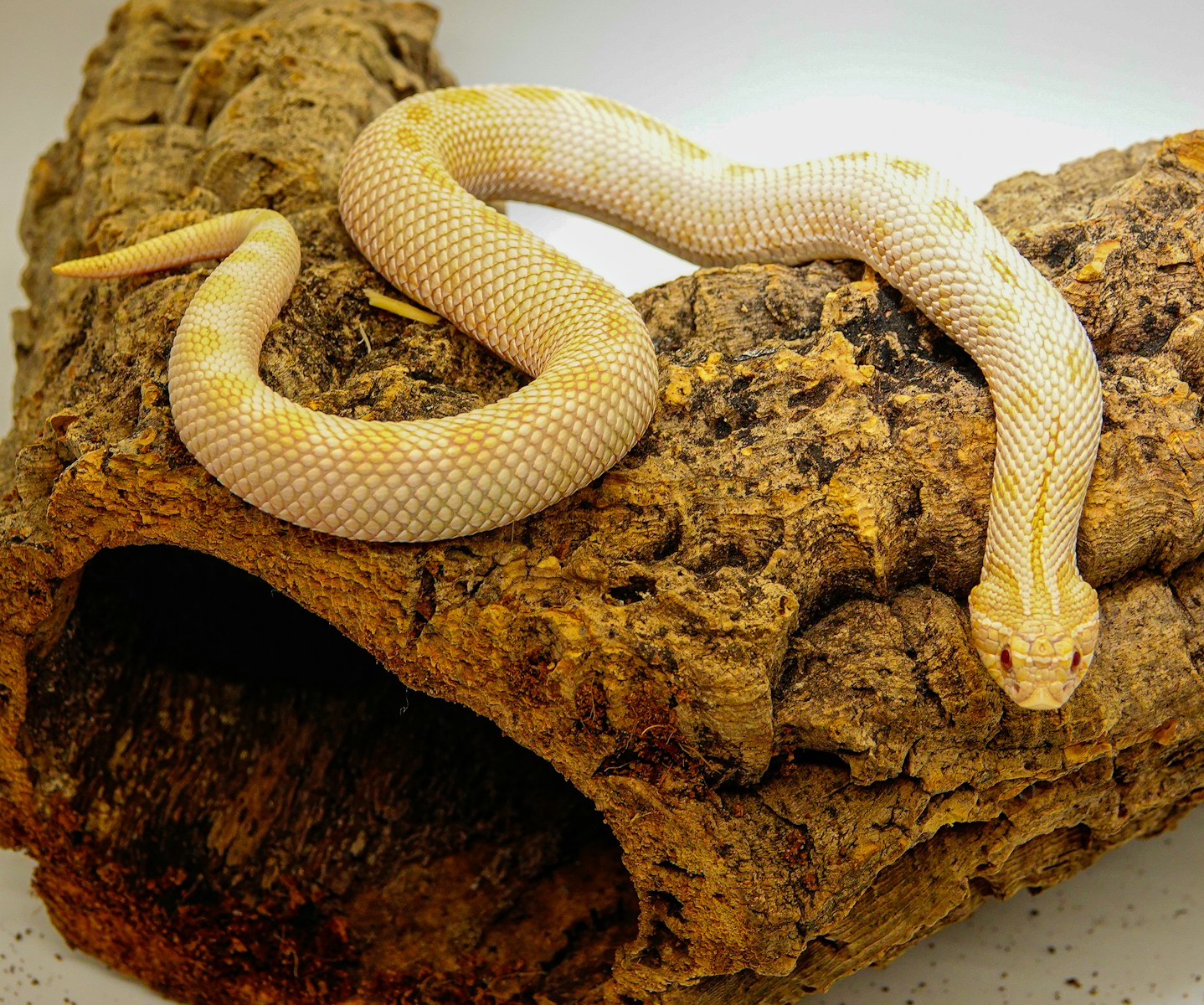
The initiation of head bobbing behavior is typically triggered by specific environmental and social contexts rather than occurring randomly. Important triggers include the detection of pheromones from potential mates, visual detection of conspecifics (members of the same species), perceived territorial intrusions, or the approach of potential predators. Captive snake keepers sometimes observe head bobbing when their animals encounter their own reflection in terrarium glass, mistaking it for another snake. Seasonal factors also influence the frequency of head bobbing, with many species showing increased rates during breeding seasons when hormonal changes heighten territorial and reproductive behaviors. Time of day can play a role as well, with diurnal species more likely to engage in visual displays during daylight hours when visibility is optimal. Understanding these triggers helps researchers contextualize observations and provides important insights for captive care protocols.
Neurological Basis of Head Bobbing

The neurological mechanisms that control head bobbing represent a complex interplay between the snake’s visual processing centers, motor control systems, and instinctual behavioral programming. Physiological studies suggest that head bobbing movements are controlled by specialized neural circuits in the reptilian brain that coordinate precise muscular contractions along the anterior portion of the body. These circuits appear to be influenced by both hormonal factors and environmental stimuli, creating situation-appropriate responses. Researchers have noted that injuries to certain brain regions can disrupt normal head bobbing patterns, supporting the theory that these behaviors are centrally controlled rather than reflexive. Interestingly, some pathological conditions can cause abnormal head bobbing that differs from natural behavioral displays, allowing veterinarians to distinguish between healthy communication behaviors and potential neurological disorders. This distinction is particularly important in captive settings where keepers must assess snake health and well-being.
Differences Between Natural and Pathological Head Movements
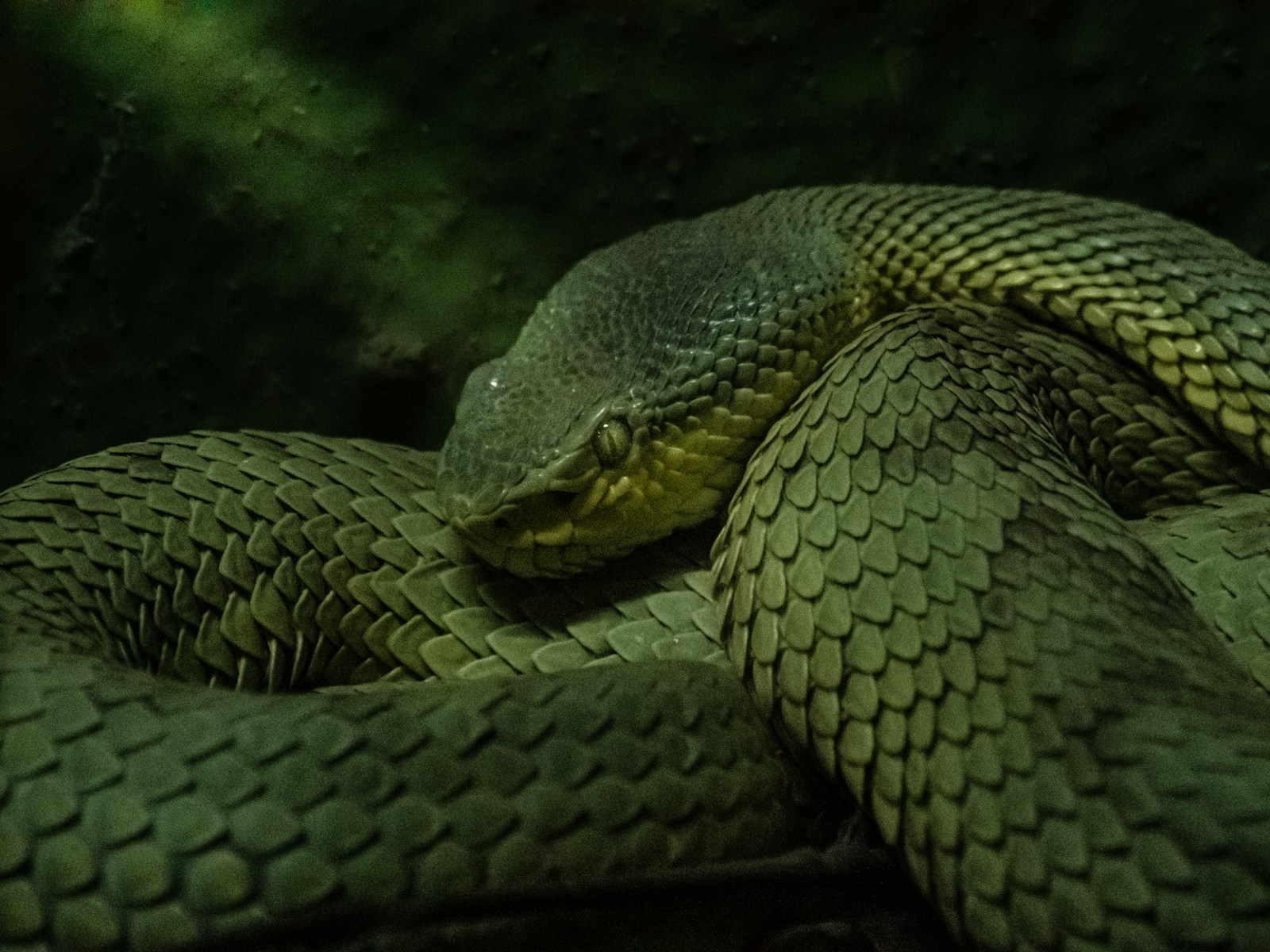
While purposeful head bobbing serves multiple adaptive functions, snake owners and veterinarians must be able to distinguish between normal behavioral displays and concerning pathological movements. Natural head bobbing typically occurs in specific contexts, appears controlled, and stops when the triggering situation changes. In contrast, neurological issues may cause involuntary movements that persist regardless of context, appear uncoordinated, or accompany other symptoms like difficulty maintaining balance, abnormal body posturing, or feeding problems. Potential causes of pathological head movements include infectious diseases like inclusion body disease (IBD), parasitic infections affecting the nervous system, toxin exposure, vitamin deficiencies (particularly thiamine), or traumatic brain injuries. Respiratory infections can also cause head positioning changes as snakes attempt to ease breathing difficulties. When abnormal head movements are observed in captivity, especially when accompanied by other concerning symptoms, prompt veterinary assessment is essential for proper diagnosis and treatment.
Observations in Captive Settings
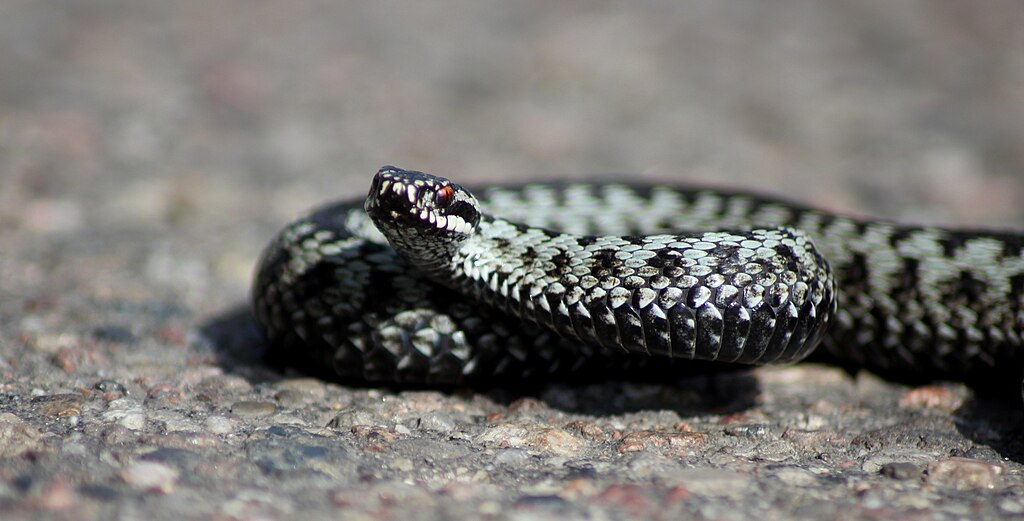
Captive environments offer unique opportunities to observe and document head bobbing behaviors under controlled conditions, though the frequency and context may differ from wild observations. Captive snakes often display head bobbing when they detect the presence of potential mates in nearby enclosures, even when physical access is impossible. Some species exhibit increased head bobbing when responding to their caretakers’ movements, particularly during feeding times or when their enclosures are approached. Interestingly, the frequency of head bobbing may increase in transparent enclosures where snakes can see activity in their surroundings, compared to opaque housing that limits visual stimuli. Captive breeding programs have utilized knowledge of species-specific head bobbing patterns to optimize breeding success, sometimes using video recordings of courtship behaviors to identify the most effective pairing strategies. However, stress-related abnormal bobbing can also occur in suboptimal captive conditions, highlighting the importance of proper husbandry practices.
Research Methodologies and Challenges
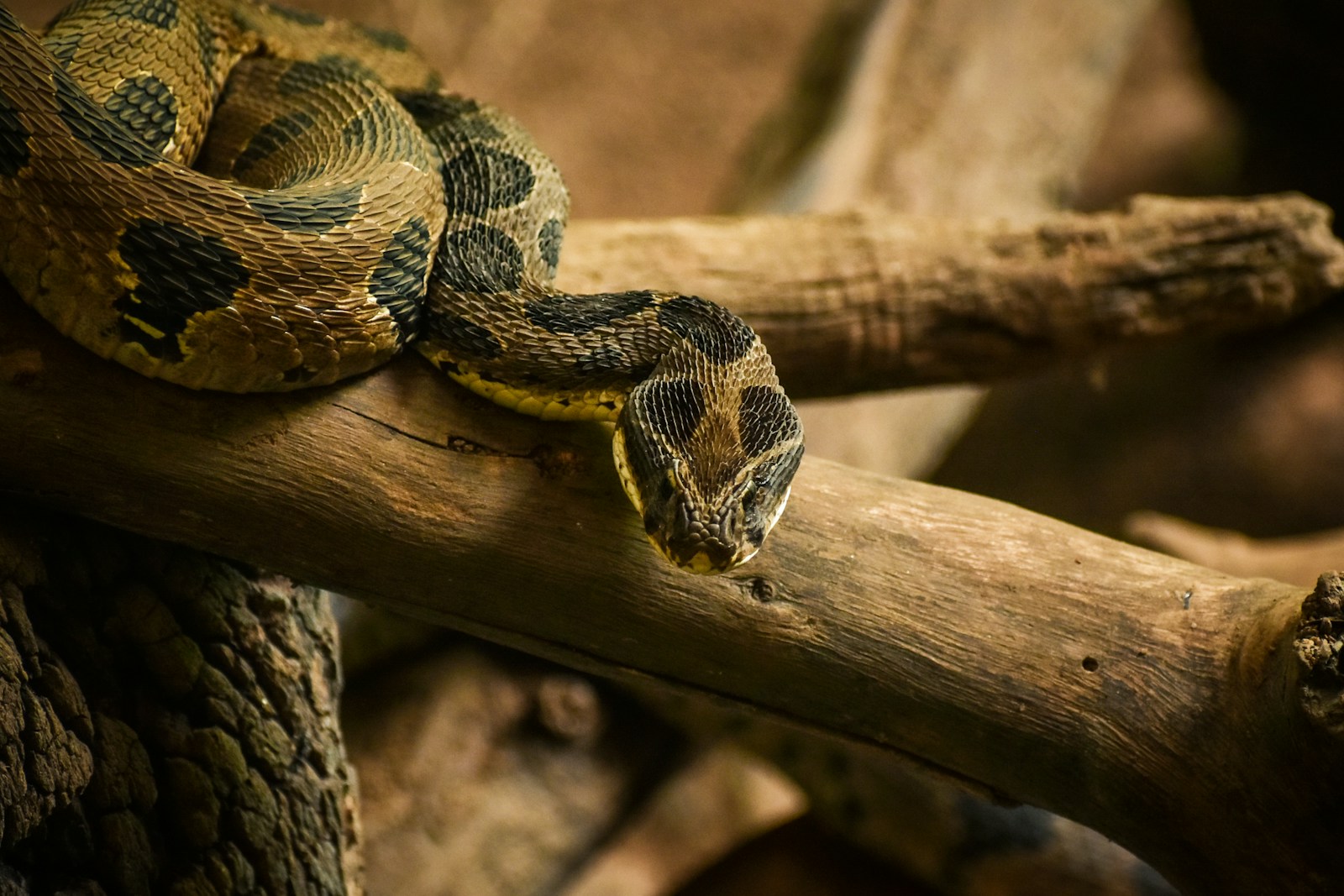
Studying head bobbing behavior presents several methodological challenges that researchers have addressed through innovative techniques. High-speed video recording has revolutionized the field by allowing precise documentation of movement patterns that might be too quick for human observation alone. Quantitative analysis software can then measure exact frequencies, amplitudes, and durations of head movements to identify patterns across individuals and species. Field researchers often employ camera traps with motion sensors to capture natural behaviors without human presence affecting results. Laboratory studies may use controlled experimental designs where snakes are exposed to different stimuli (pheromones, visual cues, or potential threats) while their behavioral responses are recorded. A significant challenge in this research involves interpreting the meaning of specific movement patterns without anthropomorphizing the behavior. Cross-disciplinary approaches combining ethology, neuroscience, and evolutionary biology have proven most effective in developing comprehensive understandings of this complex behavior.
Implications for Conservation and Management

Understanding head bobbing and other communication behaviors has important implications for snake conservation and management efforts. Knowledge of species-specific courtship displays has proven valuable in captive breeding programs for endangered snake species, where reproductive success depends on proper behavioral cues. Field surveys assessing population health sometimes include observations of normal behavioral displays as indicators of appropriate hormonal function and social structure within wild populations. Additionally, changes in the frequency or nature of communicative behaviors can sometimes serve as early warning signs of environmental stressors affecting snake populations, such as habitat disruption, pollution, or climate change impacts. For invasive snake management, understanding territorial and mating displays has occasionally informed strategy development, particularly in cases where manipulating breeding behavior might help control population growth. As human development continues to fragment snake habitats worldwide, preserving the environmental conditions necessary for normal behavioral expression remains an important conservation consideration.
Head bobbing in snakes represents far more than a curious quirk of reptilian behavior—it’s a sophisticated communication system that has evolved to serve multiple critical functions in snake survival, reproduction, and environmental navigation. From the precise courtship displays that ensure successful mating to the spatial awareness movements that help snakes perceive their three-dimensional world, these deliberate motions offer fascinating insights into how these limbless creatures have adapted to communicate effectively despite their physical constraints. For researchers, wildlife enthusiasts, and snake keepers alike, recognizing and understanding these behaviors enriches our appreciation of these remarkable animals and helps distinguish between normal communication and potential health concerns. As our knowledge of snake behavior continues to expand through advanced research techniques, we gain not only scientific understanding but also valuable insights that can inform conservation efforts for these often misunderstood reptiles.

